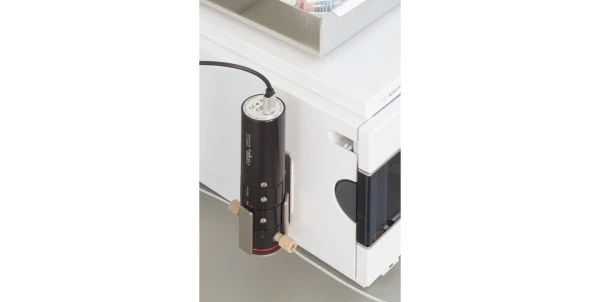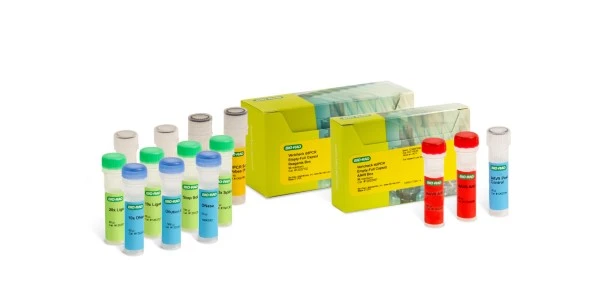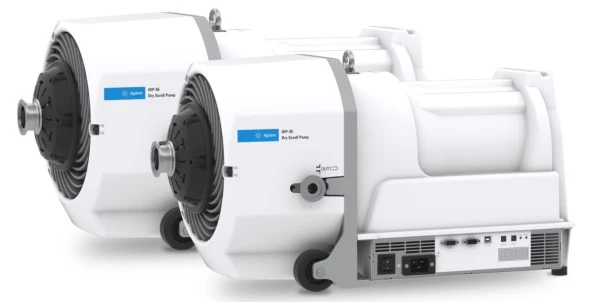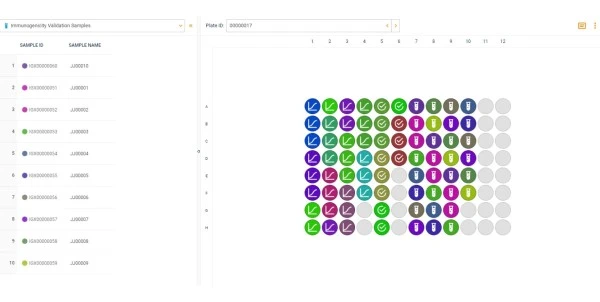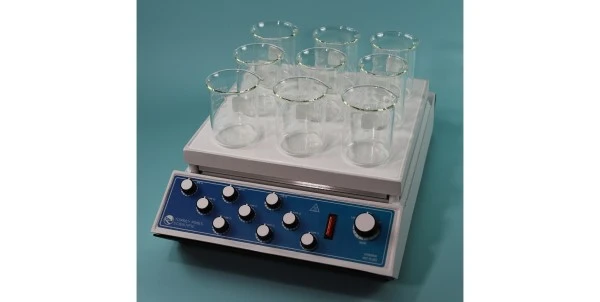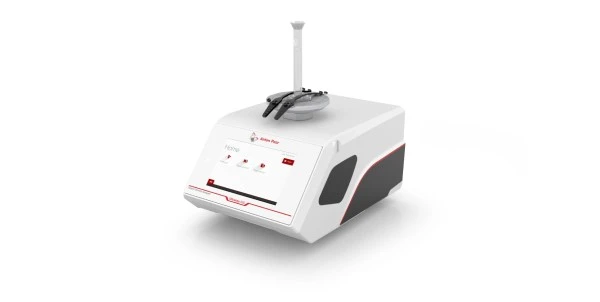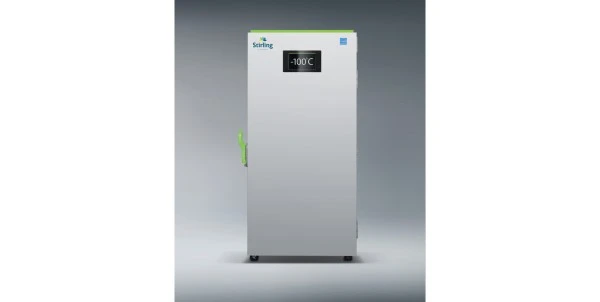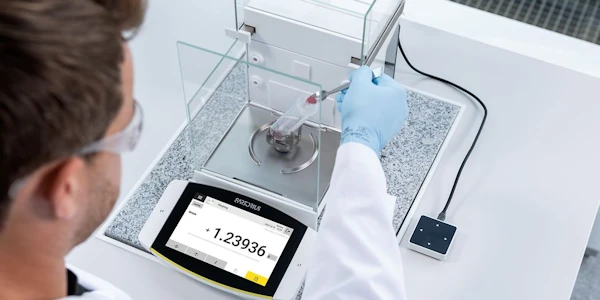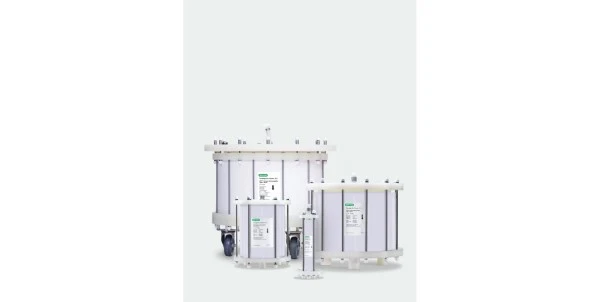
The Best Laboratory Glassware: A Buyer's Guide to Price and Features
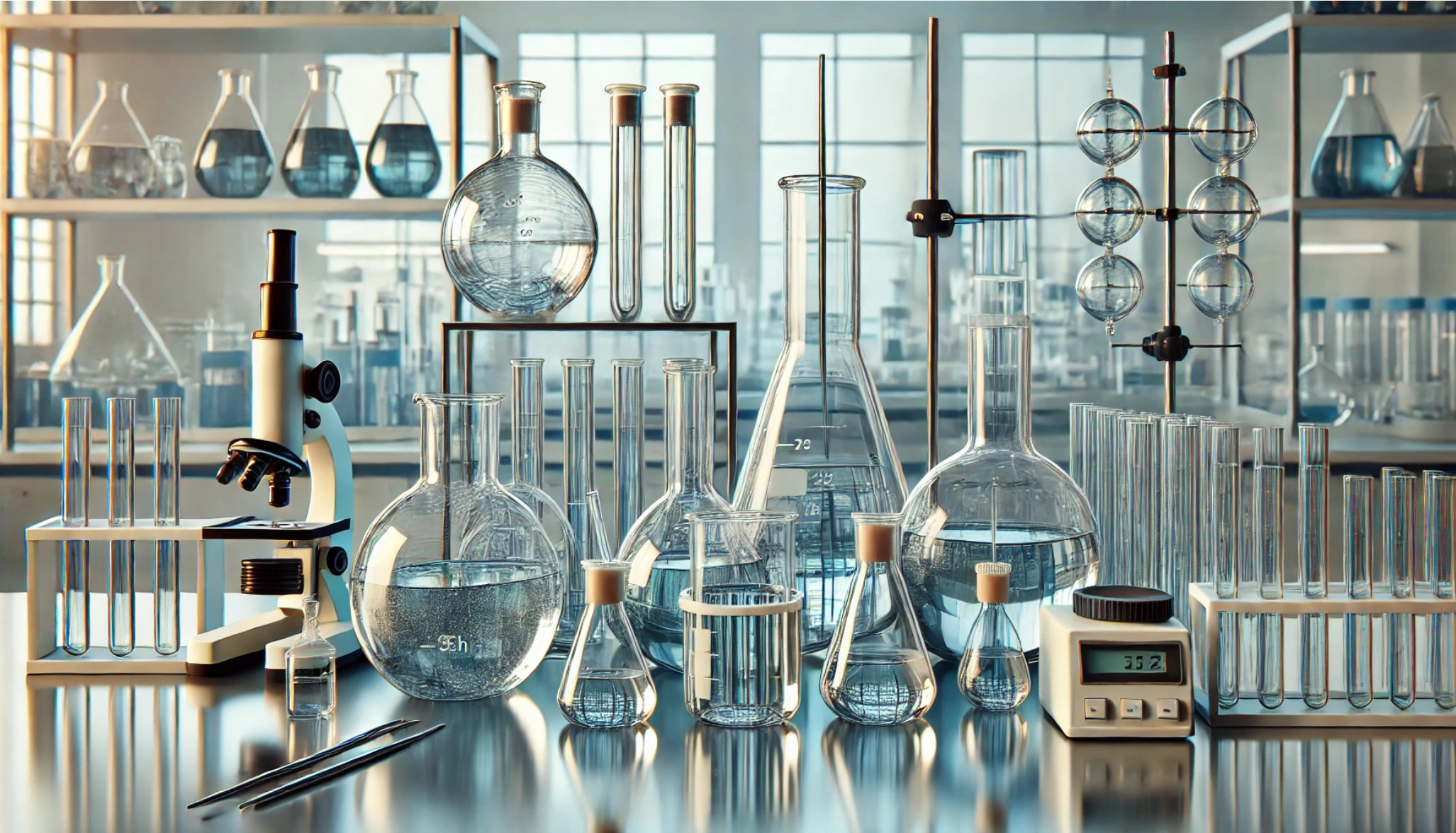
Durability, Precision, and Chemical Resistance are Key Considerations to Find the Best Laboratory Glassware at the Best Price
Laboratory glassware is an essential component in scientific research and experiments, used for measuring, mixing, and storing liquids and other substances. High-quality glassware ensures accurate measurements, chemical compatibility, and safety in the lab. Selecting the right laboratory glassware involves considering factors such as durability, precision, and chemical resistance to meet the specific needs of your lab work. This guide provides an overview of different types of laboratory glassware, key features to consider, and a price guide to help you make an informed decision.
Types of Laboratory Glassware
1. Beakers
Beakers are cylindrical glass containers with a flat bottom and a lip for pouring. They are widely used for mixing, heating, and transferring liquids. Beakers come in various sizes, typically ranging from 10 mL to several liters. They are versatile and commonly used in all types of laboratory work.
Applications: Mixing solutions, heating liquids, holding samples, and general lab use.
2. Graduated Cylinders
Graduated Cylinders are tall, narrow glass tubes with graduation marks for measuring liquid volumes accurately. They provide more precise measurements than beakers and are available in various sizes, from 10 mL to 2,000 mL. Graduated cylinders are essential for volumetric measurements in quantitative analysis.
Applications: Measuring liquid volumes, preparing solutions, and conducting titrations.
3. Erlenmeyer Flasks
Erlenmeyer Flasks have a conical shape with a flat bottom and a narrow neck, which helps reduce spillage and evaporation. They are used for mixing, heating, and storing liquids. The design of Erlenmeyer flasks makes them ideal for swirling liquids without the risk of spillage.
Applications: Mixing chemicals, conducting titrations, culturing cells, and heating solutions.
4. Volumetric Flasks
Volumetric Flasks are designed for precise measurement and preparation of standard solutions. They have a flat bottom, a long neck, and a single graduation mark to indicate a precise volume. Volumetric flasks are commonly used in analytical chemistry for preparing accurate solution concentrations.
Applications: Preparing standard solutions, diluting samples, and volumetric analysis.
5. Burettes
Burettes are long, graduated glass tubes with a stopcock at the bottom, allowing for precise dispensing of liquids. They are primarily used in titration experiments to deliver a controlled amount of reagent to a reaction. Burettes are essential for quantitative chemical analysis.
Applications: Titrations, quantitative chemical analysis, and dispensing precise liquid volumes.
6. Pipettes
Pipettes are narrow glass tubes used for transferring or measuring small volumes of liquid. Types of pipettes include volumetric pipettes for precise measurements and graduated pipettes for measuring variable volumes. Pipettes are essential tools for quantitative experiments and sample preparation.
Applications: Measuring and transferring liquids, sample preparation, and precise dosing.
7. Test Tubes
Test Tubes are small cylindrical glass tubes with a rounded bottom. They are used for holding, mixing, or heating small amounts of substances. Test tubes are versatile and commonly used in qualitative experiments, chemical reactions, and biological assays.
Applications: Holding samples, conducting chemical reactions, and performing biological tests.
8. Desiccators
Desiccators are sealed glass containers used to keep samples dry by removing moisture. They contain desiccants, such as silica gel, to maintain a low-humidity environment. Desiccators are used for storing hygroscopic materials and drying laboratory samples.
Applications: Drying samples, storing hygroscopic materials, and maintaining low-humidity conditions.
Key Features to Consider When Buying Laboratory Glassware
1. Material Quality and Durability
Laboratory glassware should be made from high-quality materials, such as borosilicate glass, which offers excellent thermal resistance and chemical durability. High-quality glassware can withstand repeated heating and cooling cycles, making it suitable for a wide range of lab applications.
2. Chemical Resistance
Chemical resistance is essential for preventing reactions between the glassware and the substances being handled. Choose glassware that is resistant to acids, bases, and solvents to ensure compatibility with a wide range of chemicals. Borosilicate glass is known for its high chemical resistance.
3. Accuracy and Precision
For quantitative experiments, accuracy and precision are crucial. Look for glassware with accurate calibration marks and fine graduations. Volumetric glassware, such as pipettes and volumetric flasks, should be calibrated to provide precise measurements.
4. Heat Resistance
Heat resistance is important for glassware used in heating applications. Borosilicate glass can withstand high temperatures without breaking or cracking, making it suitable for use with Bunsen burners, hot plates, and autoclaves.
5. Safety Features
Safety features, such as reinforced rims and non-slip bases, help prevent breakage and spills. Some glassware may also have plastic or rubber-coated exteriors to reduce the risk of injury if the glass breaks.
6. Cleaning and Maintenance
Choose glassware that is easy to clean and maintain. Smooth surfaces and wide openings make it easier to clean glassware thoroughly, reducing the risk of contamination. Glassware that is dishwasher safe or autoclavable offers added convenience.
Laboratory Glassware Price Guide
- Beakers: $2 - $50 each (depending on size and quality)
- Graduated Cylinders: $5 - $60 each
- Erlenmeyer Flasks: $3 - $70 each
- Volumetric Flasks: $10 - $100 each
- Burettes: $30 - $150 each
- Pipettes: $1 - $50 each
- Test Tubes: $0.50 - $5 each
- Desiccators: $50 - $300 each
View all Laboratory Glassware Listings on LabX.com
Selecting the best laboratory glassware involves considering factors such as durability, chemical resistance, accuracy, and safety. By choosing high-quality glassware that meets your specific needs, you can enhance the reliability and efficiency of your laboratory experiments. For more detailed specifications or to view models, visit LabX.com to browse products and gain additional insights to help in making the best choice for your lab's needs.
